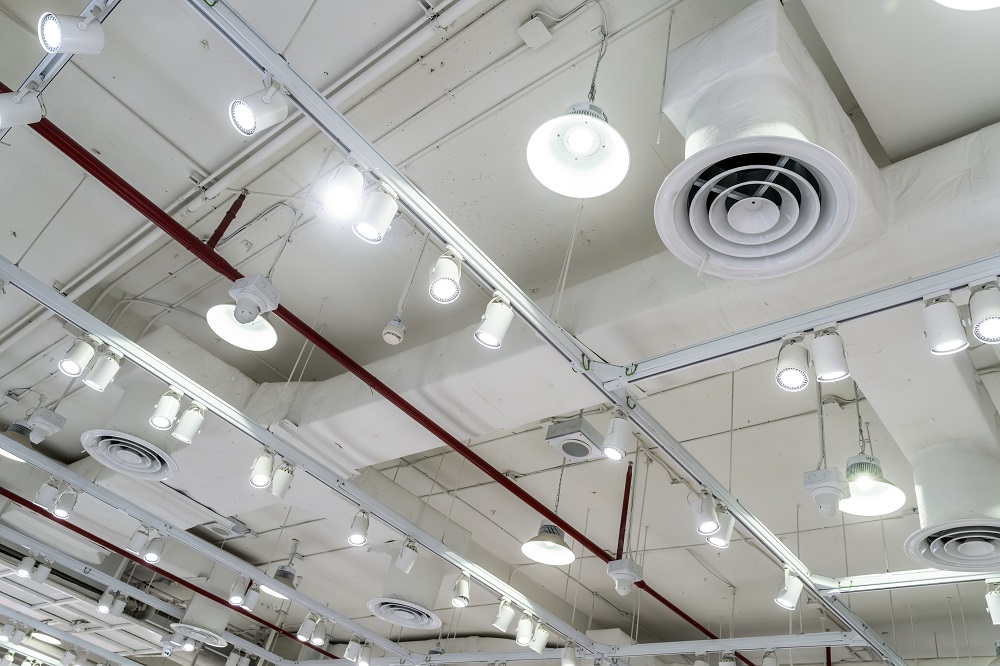When dealing with existing building services plant and equipment it is essential that the future life expectancy for an individual item of plant is considered and understood.
To estimate the future life expectancy for items of plant and equipment it is important to consider the following:
This could be achieved by undertaking a building survey focusing on the following:
- Visual survey of the physical condition of the plant in operation.
- Benchmarking plant performance against an appropriate performance standard (i.e., end user comfort levels, energy usage, etc.).
- Review of the existing service and maintenance records or discussion with the existing service provider.
Such reviews would enable an engineer to assess the plant condition and estimate the remaining life expectancy before there is a significant increase in the risk of plant failure.
Factors that influence life expectancy
During the life cycle of a system there are many factors that can influence the actual life of a system component.
- External environment – Polluted atmospheres due to urbanisation or proximity to airports, motorways, exposure to severe elements, and coastal conditions – i.e., salt-laden air which exists in many New Zealand locations.
- Internal environments – Ideally these need to be dry and corrosion free.
- Technology changes – system and equipment advances may reduce the life expectancy particularly where installed systems become unsupported by manufacturers due to next generation advances and older technologies becoming obsolete. A recent example of this is the rapidly developing VRF / VRV technology (Variable Refrigerant Flow/Volume systems).
- Design and specification – Commercial buildings, especially those constructed in the 1980’s, may show significant variations between the original design intent and the actual conditions / performance observed. This can result from changes in use, building fit-outs, poor maintenance, and changes in end-user.
- Unoccupied / closed-down buildings – Where systems have been out of action due to buildings being unoccupied. E.g., electric motors can absorb moisture when left off for long periods, causing issues and possible failure when they are restarted.
- Maintenance – if the standard of maintenance has not been provided in accordance with the minimum standard maintenance criteria and manufacturers recommendations.
- Plant serving extended longer hours of operation such as call centres, data centres etc. will have a correspondingly shorter lifespan.
Adopting a suitable maintenance policy or strategy will not only improve life expectancy, but it will also ensure that standards are maintained within the following areas: health & safety (i.e., legionella, refrigerants, etc.), energy use, environmental conditions & energy efficiency.
Tables showing average life expectancy for plant components (mechanical services only) can be found here
If you need help or advice regarding plant life expectancy, give Jacksons a call. It’s what we do.
